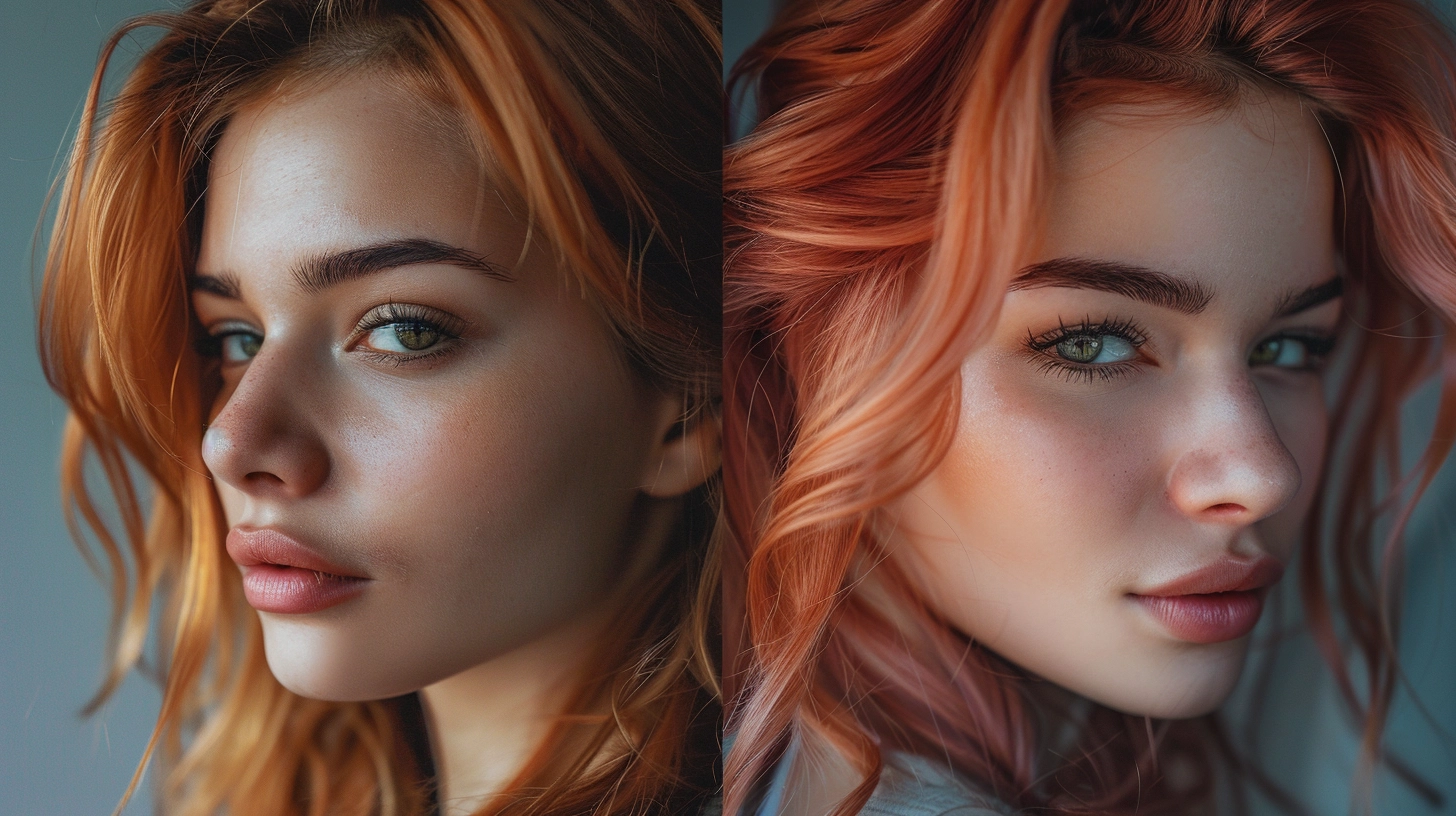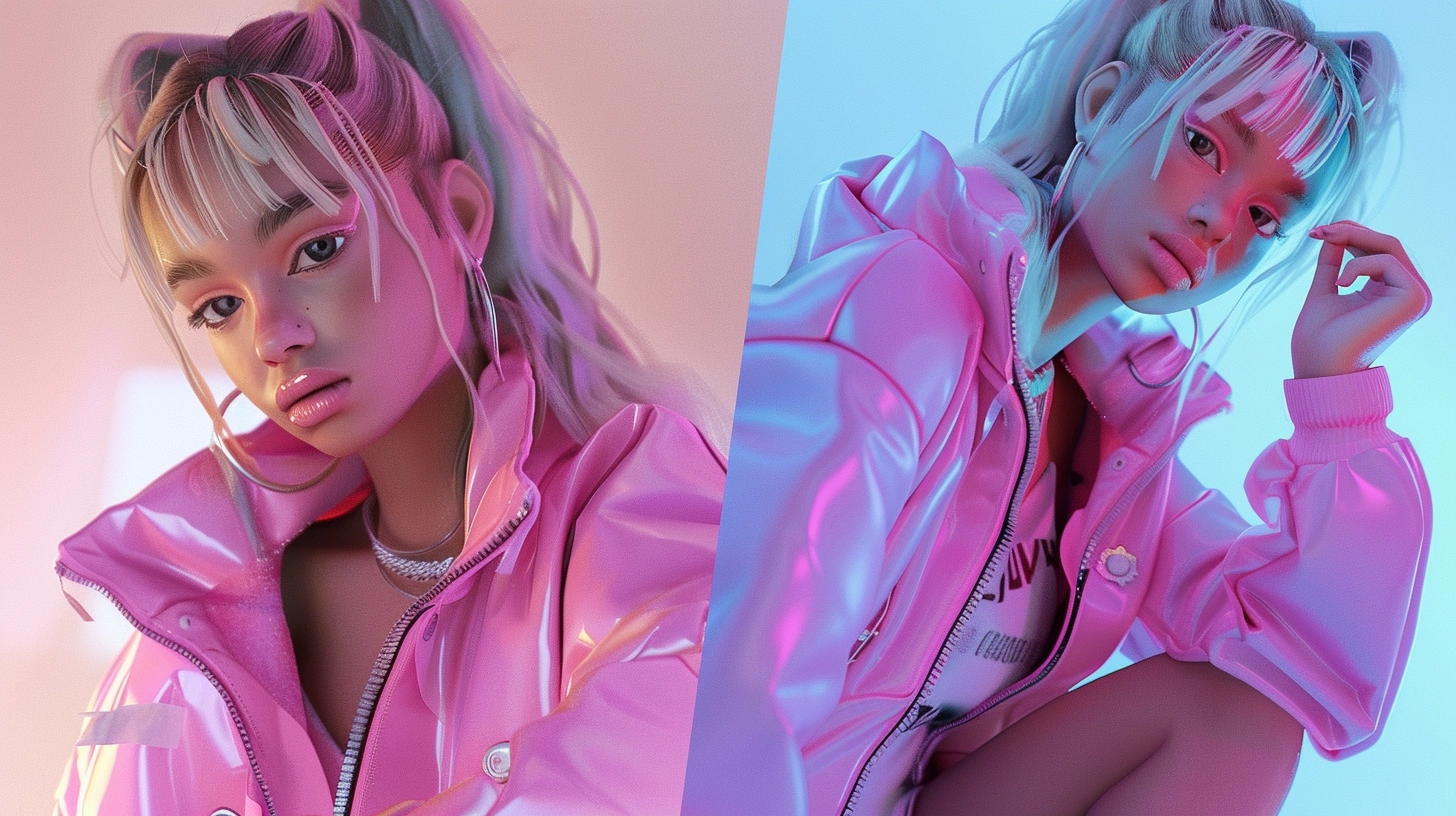· 7 min read
Can You Effortlessly Swap Faces with AI Technology?
Explore the capabilities of AIpowered face swapping technology which enables seamless and realistic facial feature exchanges in digital images and videos

Can You Effortlessly Swap Faces with AI Technology?
Understanding Face Swap AI
Definition of Face Swap AI
Face Swap AI refers to the technology that enables the seamless replacement of one person’s face with another in digital images or videos. This technology utilizes advanced machine learning algorithms and computer vision techniques to analyze facial features, expressions, and textures, allowing for a realistic and convincing face swap.
Principles of Face Swap Technology
The core principle behind Face Swap AI is the ability to map the facial landmarks, expressions, and textures of a source image onto a target image. This process involves techniques such as facial landmark detection, image warping, and blending, which are used to create a seamless and natural-looking face swap.
Applications and Use Cases of Face Swap AI
Face Swap AI has a wide range of applications, including entertainment, social media, visual effects, and even educational or research purposes. It can be used to create humorous or creative content, to enhance movie or TV show scenes, or to explore the potential of this technology for various fields.
Preparing for Face Swap
Hardware Requirements
Minimum System Specifications
To use Face Swap AI effectively, you’ll need a computer or device with a reasonably powerful processor, adequate RAM, and sufficient storage space. The minimum system specifications may vary depending on the specific Face Swap AI tool or platform you choose to use.
Recommended Hardware for Optimal Performance
For the best results and a smooth Face Swap experience, it’s recommended to have a computer with a high-performance processor, a dedicated graphics card, and ample RAM and storage. This will ensure that the Face Swap AI algorithms can run efficiently and produce high-quality results.
Software Requirements
Face Swap AI Tools and Platforms
There are various Face Swap AI tools and platforms available, both online and offline, that you can use to perform face swaps. Some popular options include Deepfake tools like FakeYou and FakeYou Studio, online Face Swap platforms like Faceswap.dev and Reface, and AI-powered mobile apps like Snapchat and TikTok.
Compatibility Considerations
When selecting a Face Swap AI tool or platform, it’s important to consider the compatibility with your operating system, image file formats, and other software requirements. Ensure that the tool you choose is compatible with your system and can handle the input and output formats you need.
Data Gathering
Collecting Source and Target Images
The success of a Face Swap largely depends on the quality and suitability of the source and target images. Carefully select images that have clear, well-lit, and frontal-facing facial features, as these will provide the best results.
Image Quality and Resolution Guidelines
For optimal Face Swap results, it’s recommended to use high-resolution images with a minimum resolution of 1080p (1920x1080 pixels) or higher. The images should also have good lighting, minimal obstructions, and a clear view of the subject’s face.
Ethical Considerations in Image Selection
When gathering images for Face Swap, it’s important to consider the ethical implications. Ensure that you have the necessary permissions and consent from the individuals whose faces will be used, and avoid using images that could lead to harm or misuse.
Using Face Swap AI Tools
Popular Face Swap AI Tools
Deepfake Tools (e.g., FakeYou, FakeYou Studio)
Deepfake tools are specialized software applications that use deep learning algorithms to create highly convincing Face Swap results. These tools often provide advanced features and customization options for a more controlled and refined Face Swap process.
Online Face Swap Platforms (e.g., Faceswap.dev, Reface)
Online Face Swap platforms offer web-based solutions that allow you to upload your source and target images and perform the Face Swap directly through your web browser. These platforms can be convenient, but may have limited customization options.
AI-powered Mobile Apps (e.g., Snapchat, TikTok)
Many popular social media and messaging apps have integrated Face Swap AI capabilities, allowing users to easily swap faces within their mobile devices. These apps often provide a more user-friendly and streamlined Face Swap experience.
Step-by-Step Face Swap Process
Uploading Source and Target Images
The first step in using Face Swap AI tools is to upload the source and target images you’ve gathered. Ensure that the images meet the recommended quality and resolution guidelines for the best results.
Aligning and Preprocessing Images
Before initiating the Face Swap algorithm, the tool may require you to align and preprocess the images. This step helps the algorithm accurately detect and map the facial features, expressions, and textures.
Initiating the Face Swap Algorithm
Once the images are prepared, you can initiate the Face Swap algorithm. Depending on the tool, this may involve clicking a “Swap” or “Process” button, or selecting specific options within the tool’s interface.
Reviewing and Adjusting the Swapped Face
After the Face Swap process is complete, carefully review the result. You may need to make adjustments, such as fine-tuning the blending, correcting any artifacts, or enhancing the realism of the swapped face.
Advanced Face Swap Techniques
Blending and Seamless Integration
To create a more natural-looking Face Swap, you may need to employ advanced techniques like blending the swapped face with the target image, adjusting the lighting and shadows, and ensuring a seamless integration.
Handling Facial Expressions and Lighting
Matching the facial expressions and lighting between the source and target images is crucial for achieving a realistic Face Swap. Some tools may offer features to help with this, such as expression transfer or lighting adjustment.
Dealing with Occlusions and Angle Variations
When the source and target images have different angles, poses, or occlusions (such as hair, glasses, or accessories), the Face Swap process may become more challenging. Specialized tools or manual editing may be required to address these issues.
Applying the Face Swap
Preparing the Face Swap
Align the Faces: Ensure that the faces in the two images are properly aligned. This can be done by adjusting the position and orientation of the faces using image editing software.
Blend the Edges: Once the faces are aligned, use blending techniques to seamlessly blend the edges of the swapped faces. This can be done by using tools like the Clone Stamp or the Healing Brush in your image editing software.
Adjust the Lighting: Ensure that the lighting in the swapped face matches the original lighting in the image. This can be done by adjusting the brightness, contrast, and color balance of the swapped face.
Refining the Face Swap
Smooth the Skin: Use skin smoothing techniques to blend the swapped face with the original image. This can be done by using tools like the Blur or the Gaussian Blur in your image editing software.
Match the Texture: Ensure that the texture of the swapped face matches the original image. This can be done by using tools like the Texture or the Noise filter in your image editing software.
Adjust the Features: Fine-tune the features of the swapped face to make it look more natural. This can be done by adjusting the size, shape, and position of the eyes, nose, and mouth.
Finalizing the Face Swap
Add Subtle Details: Add subtle details to the swapped face to make it look more realistic. This can be done by adding freckles, moles, or other small imperfections.
Blend the Hairline: Ensure that the hairline of the swapped face blends seamlessly with the original image. This can be done by using tools like the Feather or the Mask in your image editing software.
Adjust the Shadows: Ensure that the shadows and highlights on the swapped face match the original image. This can be done by using tools like the Dodge and Burn tools in your image editing software.
Review and Refine: Carefully review the final image and make any necessary adjustments to ensure that the Face Swap looks as natural and realistic as possible.
Concluding the Face Swap
By following these steps, you can create a realistic and seamless Face Swap. Remember to take your time and experiment with different techniques to achieve the desired result. With practice, you’ll be able to create stunning Face Swap images that will amaze your friends and family.




